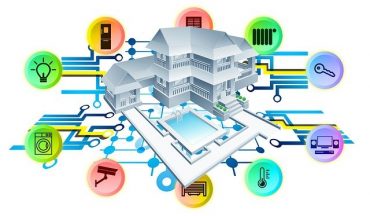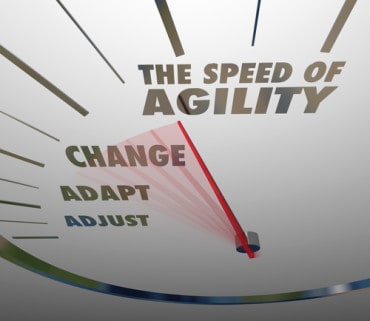
A confluence of factors is creating the perfect storm of the adoption and mainstream use of continuous intelligence.
Continuous intelligence (CI) is poised to make great strides this year. A confluence of factors is creating the perfect storm of adoption and mainstream use.
A recently released report by ABI Research identified the top technology trends to watch in the year to come. CI was singled out, as were several related areas that also will help make CI more practical. In particular, the report noted that the use of CI in conjunction with the Internet of Things (IoT) devices would significantly change how businesses use IoT analytics. The adoption of CI for IoT has great implications for manufacturers, supply chain operators, transportation organizations, maintenance and repair organizations, and more.
See also: Will 5G Have a Role in Providing CI Apps with IoT Data?
“The concept of CI will be consolidating in the IoT analytics market, enabling more advanced analytics in near-real-time,” says Kateryna Dubrova, M2M, IoT & IoE Analyst at ABI Research. Since the emergence and expansion of streaming analytics and streaming technologies, the ability to continuously analyze and extract value from the IoT data is growing. The CI application will be possible because the cloud vendors and vendors are offering E2E platforms, expanding their capabilities through digital twinning, big data technologies, and [machine learning] algorithms. “Hence, in 2020, ABI Research predicts greater adoption of CI technologies, which will elevate IoT data analytics beyond traditional operational level (maintenance and control), but we will also observe a greater impact on strategic planning and organizational change.”
5G to Connect IoT Devices
As the number deployed of IoT devices explodes, businesses need a way to get access to the data they generate. Many industry analysts note the importance of 5G in making use of IoT data in CI applications.
5G, as an infrastructure for IoT analytics, is expected to gain more traction this year. 5G edge and private networks’ proofs of concept will be introduced in 2020, but commercial implementations are unlikely to gain mainstream before 2023 at the earliest, according to ABI Research.
Private networks based on mission-critical communications are already deployed in a number of industries, including manufacturing, logistics, and supply chain, defense, oil and gas, rail services, public safety, with Integrated Digital Enhanced Network (iDEN), TETRA, P25, and Wi-Fi the main connectivity technologies used. In this sense, 5G will be introduced as a challenger to existing private and edge networks with openness, better performance, stability, security, and implementation simplicity the key differentiators.
While telco players are gearing up to introduce their equipment for this market, the traditional enterprise infra suppliers are considering investing in the 5G spectrum and will continue to forge partnerships with managed service providers and 5G technology innovators throughout 2020 in order to add 5G to their collection of enterprise technologies.
CI is on a Roll
Perhaps the underlying reason CI will be disruptive factors in 2020 is digital transformation. In fact, the most significant factor allowing the expanded use of CI is that it is finally practical to implement CI on a much broader scale because of the cloud, advances in streaming software, and growth data from IoT sensors. These factors are accelerating the adoption of CI. For example, Gartner notes that by 2022, more than half of major new business systems will incorporate CI that uses real-time context data to improve decisions.







